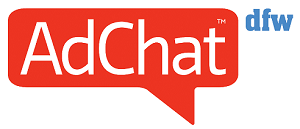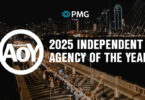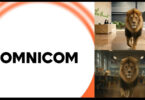New research from Multiview and Exchanger reveals a costly contradiction in B2B marketing budgets that could reshape how brands allocate resources in 2026.
Despite widespread concern of ad fatigue in key advertising channels, B2B marketers continue to invest heavily in them. The State of Business-to-Business Advertising study, which surveyed 200 advertising and marketing executives, found that 60% of average ad spend is concentrated in just four channels.
As the largest line item in most B2B media budgets, social media accounts for 21% of total spend. Yet 64% of marketers say it’s the channel most susceptible to ad fatigue and avoidance. Paid search shares a similar story, receiving 15% of budgets even as 31% of marketers consider it oversaturated. Display advertising also raises a red flag: nearly half of respondents (49%) say audiences are tuning it out, though it represents just 6% of total budgets. As marketers chase visibility in increasingly crowded digital spaces, many are discovering that the channels demanding the most dollars often deliver the least return.
“The hype around ‘performance’ marketing, which may be applicable in B2C, has not lived up to the promises for B2B marketers,” says Yariv Drori, Chief Product Officer at Multiview.
While budgets flow toward saturated platforms, the study highlights a strikingly different picture of what’s actually driving results. In-person events emerged as the top performer for both lead generation and brand awareness, tied with email marketing at 43% in each category. These direct, high-value touchpoints continue to outperform algorithm-driven targeting, underscoring the enduring importance of human connection in B2B marketing.
Content marketing followed closely behind, cited by 37% of respondents for lead generation and 36% for brand awareness. In a marketplace crowded with noise, substance still matters—particularly in complex sales cycles where trust and expertise outweigh frequency or reach.
One often-overlooked channel gaining traction is association media. More than half of B2B marketers (54%) dedicate part of their budget to professional and trade association channels, with 13% actively growing that investment. These trusted, niche environments offer qualified engagement without the clutter of mainstream platforms, allowing brands to reach decision-makers in spaces where credibility is built in.
“Associations aren’t just publishers, they represent communities of professionals, advocate on their behalf, set industry standards, education, certifications, events and networking opportunities,” Yariv explains. “Advertising on their websites, newsletters, and other products available is an ideal way to reach B2B buyers and build brand reputation.”
The report also reveals a growing divide between brand and agency priorities. Brand marketers are four times more likely than agencies to prioritize brand-building over performance marketing (16% vs 4%). This misalignment could weaken campaign effectiveness as brands seek to invest in long-term relationships while agencies remain fixated on short-term results.
With economic uncertainty top of mind for 34% of respondents, marketers are facing tough decisions about where to spend and where to scale back. The findings suggest that the solution lies not in doubling down on the loudest channels, but in redistributing budgets toward those that foster lasting engagement and trust.
As the industry looks ahead to 2026, one message stands out: performance isn’t about being everywhere—it’s about being in the right places. For B2B marketers, that means rethinking how to connect with audiences in meaningful, high-trust environments that actually move the needle.
The complete State of Business-to-Business Advertising report delves deeper into these findings, offering detailed data on budget allocation, ROI by channel, creative priorities, and predictions for 2026.










